DP Tim Sidell deployed Kodak 35mm to striking emotional effect on Tom Beard’s 'Two for Joy'
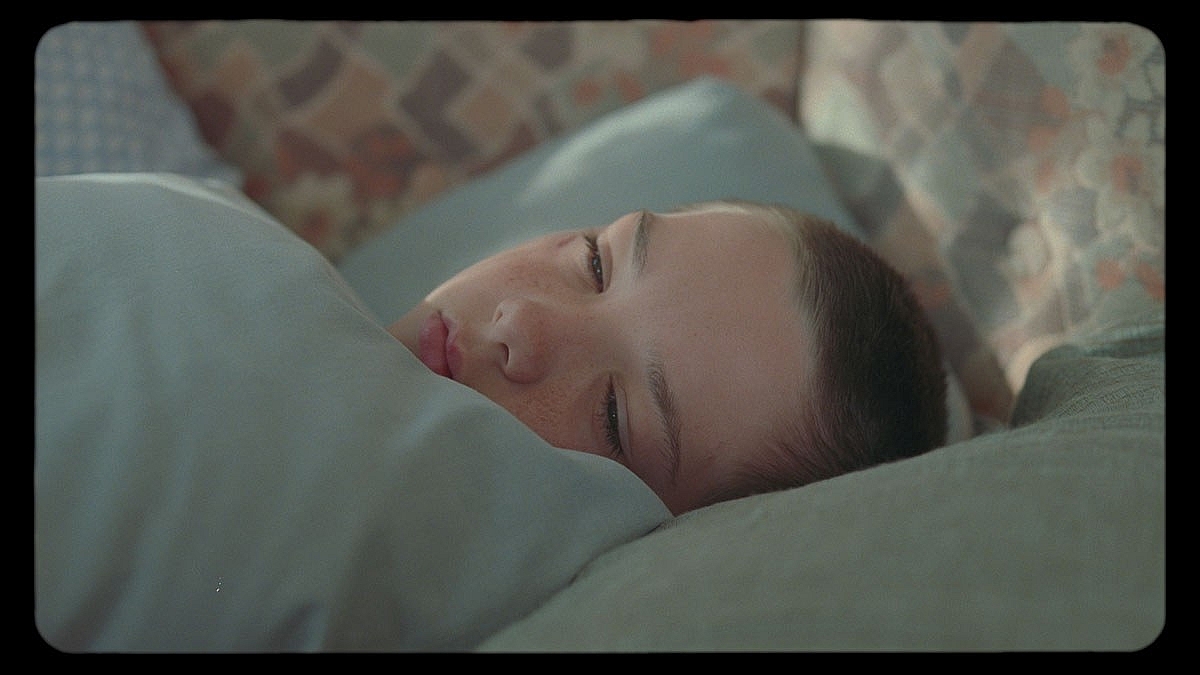
A Scene from "Two for Joy", directed by Tom Beard. Courtesy of Blonde To Black Pictures/Lorton Distribution.
Shot on Kodak 35mm film, writer-director Tom Beard’s feature Two for Joy is a disturbing domestic drama, dealing with the sensitive subjects of depression and family dysfunction. A portrait of modern Britain as seen through the eyes of a family in crisis, the film won huge praise when it premiered at the 2018 Edinburgh Film Festival for its direction, dramatic performances and striking cinematography by DP Tim Sidell.
The £1.2m BFI/Creative England movie was produced by Emma Comley and Sadie Frost. Starring double Oscar-nominee Samantha Morton (Sweet andLowdown and In America) plus Billie Piper, Emilia Jones, Badger Skelton and Bella Ramsey, the story plunges the audience into the characters’ lives from the outset.
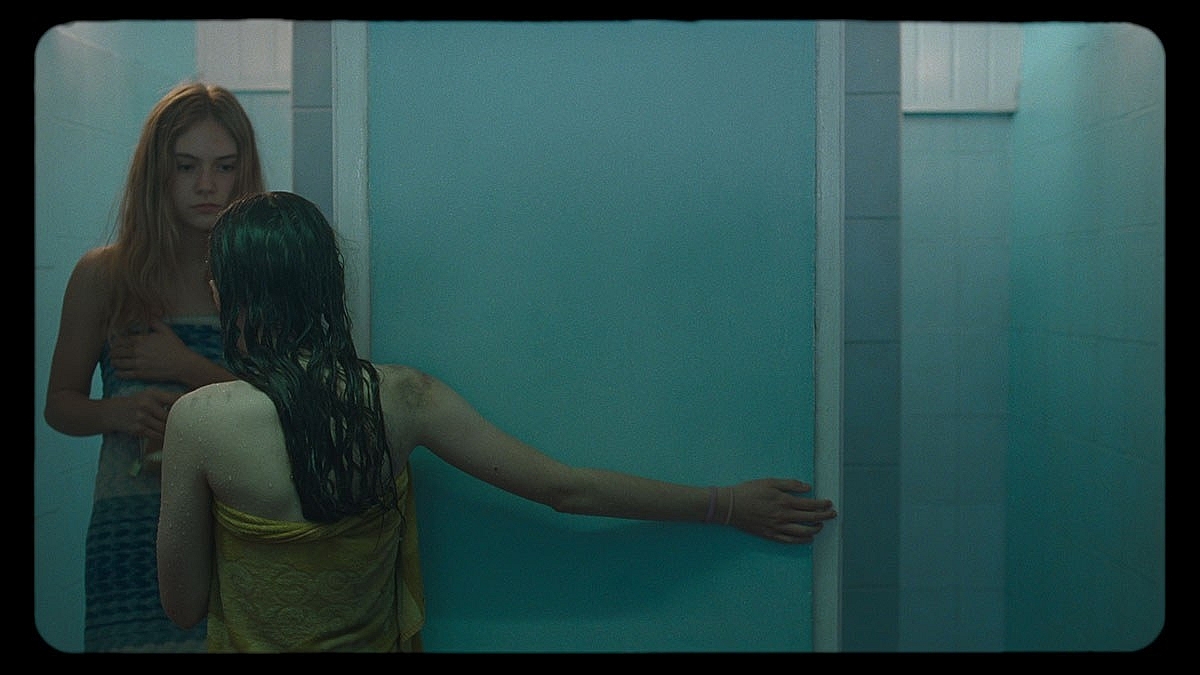
A Scene from "Two for Joy", directed by Tom Beard. Courtesy of Blonde To Black Pictures/Lorton Distribution.
Aisha is a severely depressed mother, hardly able to look after herself, never mind her troubled teenage daughter and wayward younger son, who barely utters a word and whose only comfort is fishing. When Aisha takes her brood on a cheap seaside getaway, they meet another family with problems of their own. During a drunken evening, tragic and heartrending events ensue, although the faintest glimmer of hope emerges for at least one of the families.
Having collaborated with Beard for several years on music videos, commercials and shorts, including the 35mm-originated Generation of Vipers (2014), Sidell says he was already well-aware of Two for Joy before it was officially greenlit. The five-week shoot commenced in September 2017, with production taking place in and around the seaside resort of Weymouth, Dorset (including The Creek Caravan Park), in Newport and at Pinewood Studios’ outdoor water tank where the film’s waterborne sequences were completed.
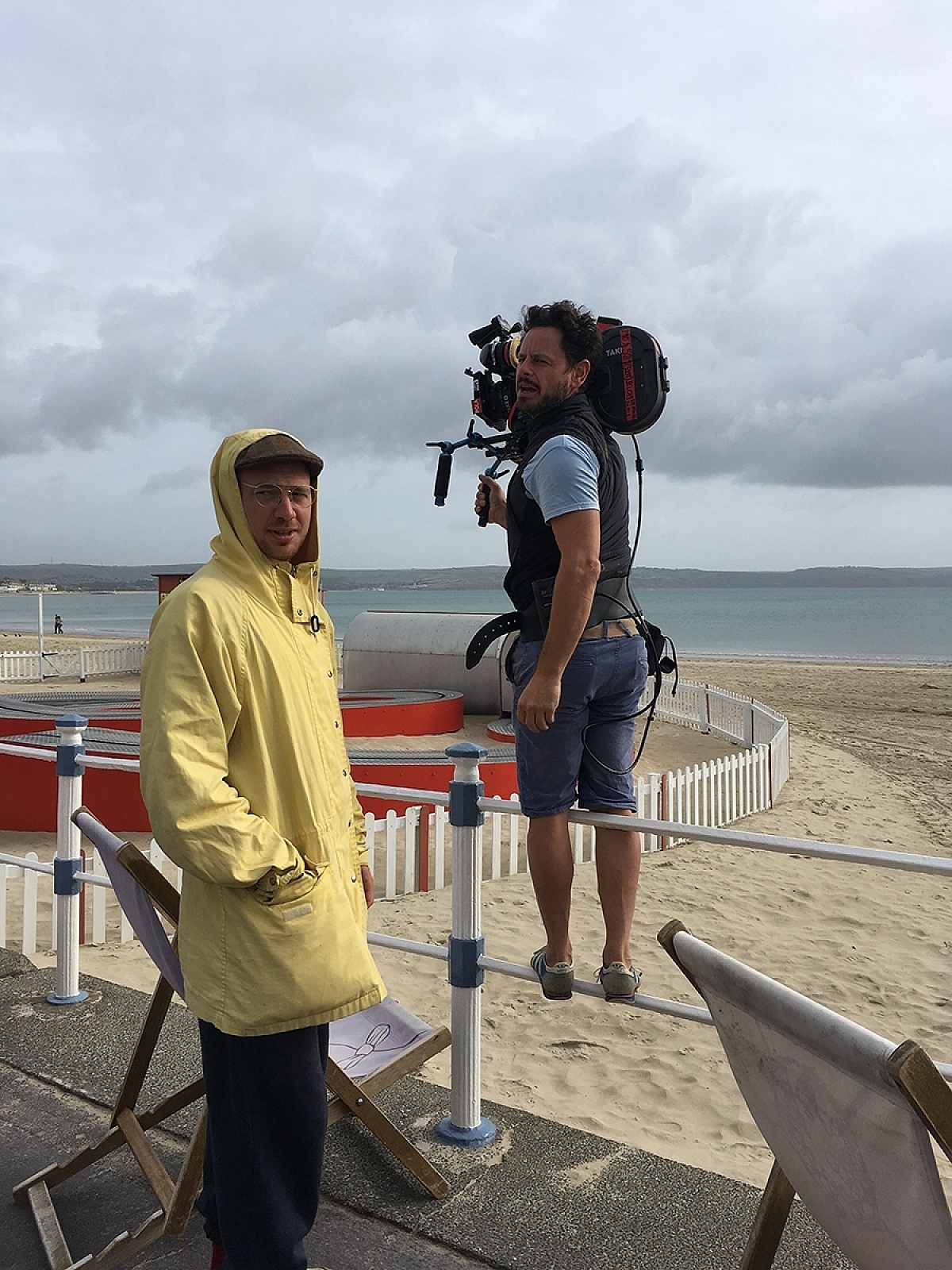
DP Tim Sidell and director Tom Beard filming "Two For Joy" on location. Photo by Thomas Nicholson.
“Whilst Two for Joy shines a spotlight on issues surrounding marginal communities and mental health, we wanted to avoid a typically British, hard-core social realism and the gritty aesthetics sometimes associated with those films,” says Sidell. “Tom and I like to shoot film whenever we can, especially on dramas, because we both love the format’s organic quality. My overwhelming response to the script was that this was all about the portraiture of individuals – characters leading separate lives within a dysfunctional family. Rendering skin tones with subtlety and accuracy was a huge priority, and I have always been astounded by the capacity of celluloid to capture that humanity through its organic grain and color.”
Sidell adds: “The cinematographic style of Two for Joy was born out of a notion to harness 35mm reportage photography, and the many visual references we discussed in prep and testing had a sense of immediacy, honesty and intimacy.”
Key movie references included Andrey Zvyagintsev’s The Return and Leviathan, Carlos Reygadas’ Post Tenebras Lux, Ulrich Seidl’s Import Export, Boris Khlebnikov’s Roads to Koktebel, and The Kid with a Bike by the Dardennes Brothers.
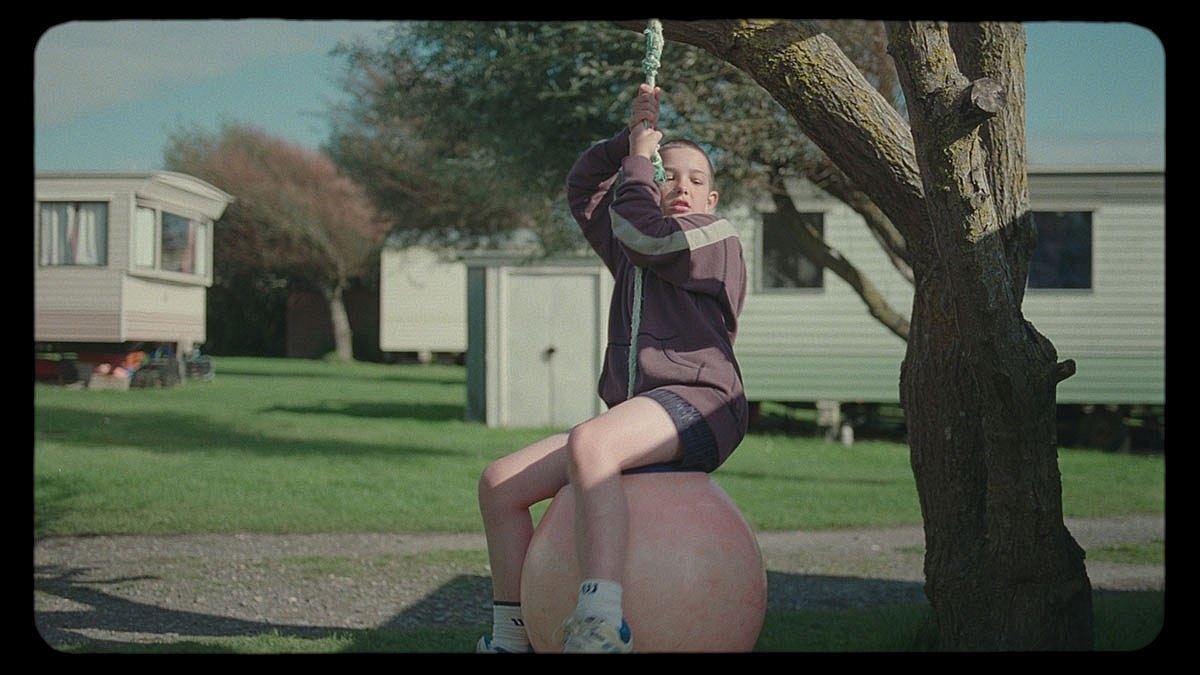
A Scene from "Two for Joy", directed by Tom Beard. Courtesy of Blonde To Black Pictures/Lorton Distribution.
“Each of these carried an intimate, unpolished and unfussy style that Tom and I were after,” he says. “Tom also showed me Someday My Prince Will Come (2005) shot and directed by Marc Isaacs. It’s a beautiful and tender documentary film that established a proximity between audience and young subjects quite unlike anything else I’d seen, and it became a significant reference.”
Other photographic inspirations included stills by Wim Wenders, Bill Henson, Boris Mikhailov, Todd Hido, Chris Killip and Marie Sordat. Beard and Sidell also considered the time shifting effect in Wolf Alice’s ‘Yuk Foo’ music video (dir. Adam Powell, DP David Wright) and how a similar smearing of the image could be used for highly dramatic effect.
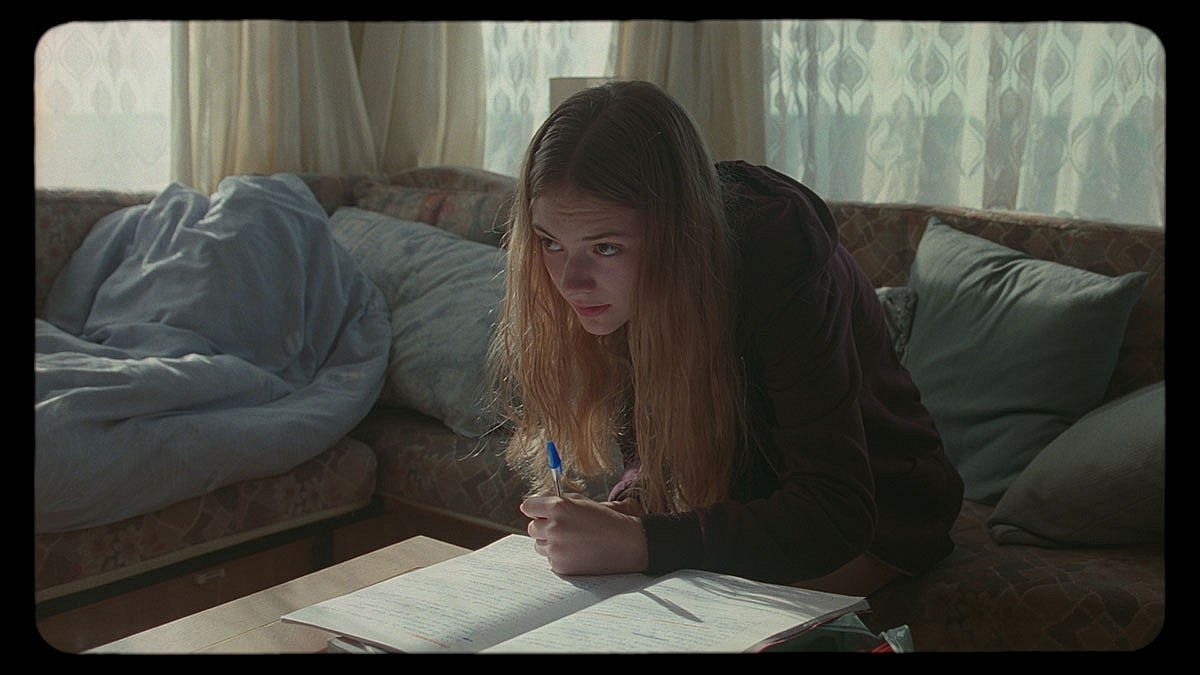
A Scene from "Two for Joy", directed by Tom Beard. Courtesy of Blonde To Black Pictures/Lorton Distribution.
During pre-production, Sidell, Beard and production designer Laura Ellis Cricks, worked closely together to create visual designs for every scene in the movie, which effectively detailed the evolution of color and looks through the story arc.
In keeping with his goal of shooting individual portraits, Sidell used the chosen 1.85:1 widescreen aspect to frequently frame the characters in isolation - often pinned in the centre. To support the reportage style, he went with the ARRI LT camera as it allows for flexible handheld operation, while fast Ultra Prime lenses would help to make the most of the available light.
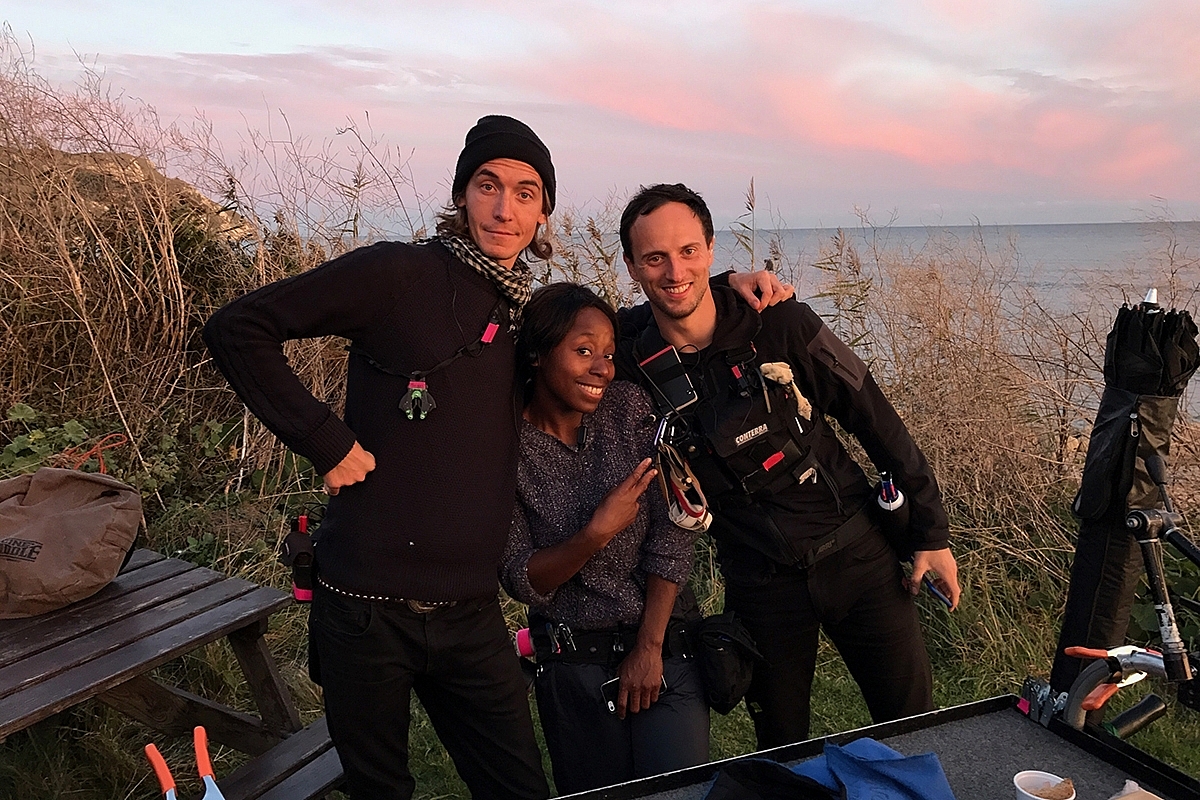
Camera crew on "Two For Joy" (l-r): focus puller Thomas Nicholson; camera trainee Moe Owoborode; and loader James Malamatinas. Photo by Tim Sidell.
The camera and lens package was supplied by Take 2 Films, with lighting supplied by Cinelease. Sidell’s camera crew were: 1st AC/focus puller, Tom Nicholson; loader, James Malamatinas; camera trainee, Moe Owoborode; with Jack Knott as gaffer.
For a variety of reasons, Sidell decided to use just one filmstock on Two for Joy – KODAK VISION3 5219 Color Negative Film 500T. Film processing was completed at Cinelab London, under the supervision of dailies colorist Paul Dean.
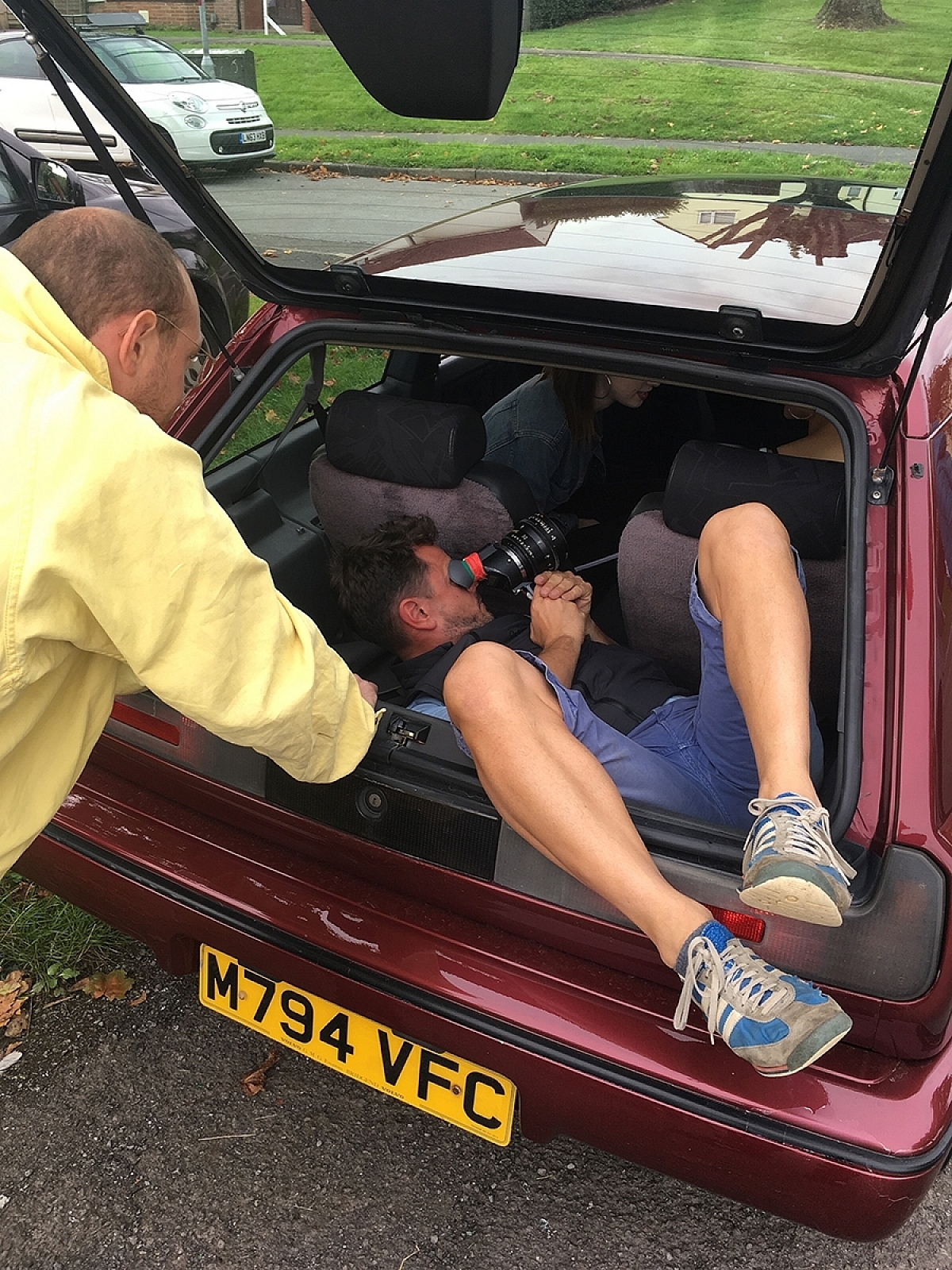
DP Tim Sidell eyes-up an interesting camera angle during production on "Two For Joy", supervised by director Tom Beard. Photo by Thomas Nicholson.
“All Kodak stocks react brilliantly to color in mixed and uncorrected lighting scenarios, whilst still retaining really good skin tone,” says Sidell. “Our visual design was natural and unpolished, and our overall intention was to be reactive in order to establish immediacy and intimacy. So this required an economical approach to lighting and reliance on available light and ‘genuine’ practicals.
“I was acutely aware of our limited resources and time, so I needed a stock that could handle all scenarios. The 500T offers the best of everything in that respect. It is fast enough that you can rely on those available/practical sources and only supplement with film lighting where absolutely necessary. Choosing one stock also meant we could more easily manage short ends and minimise wastage.”
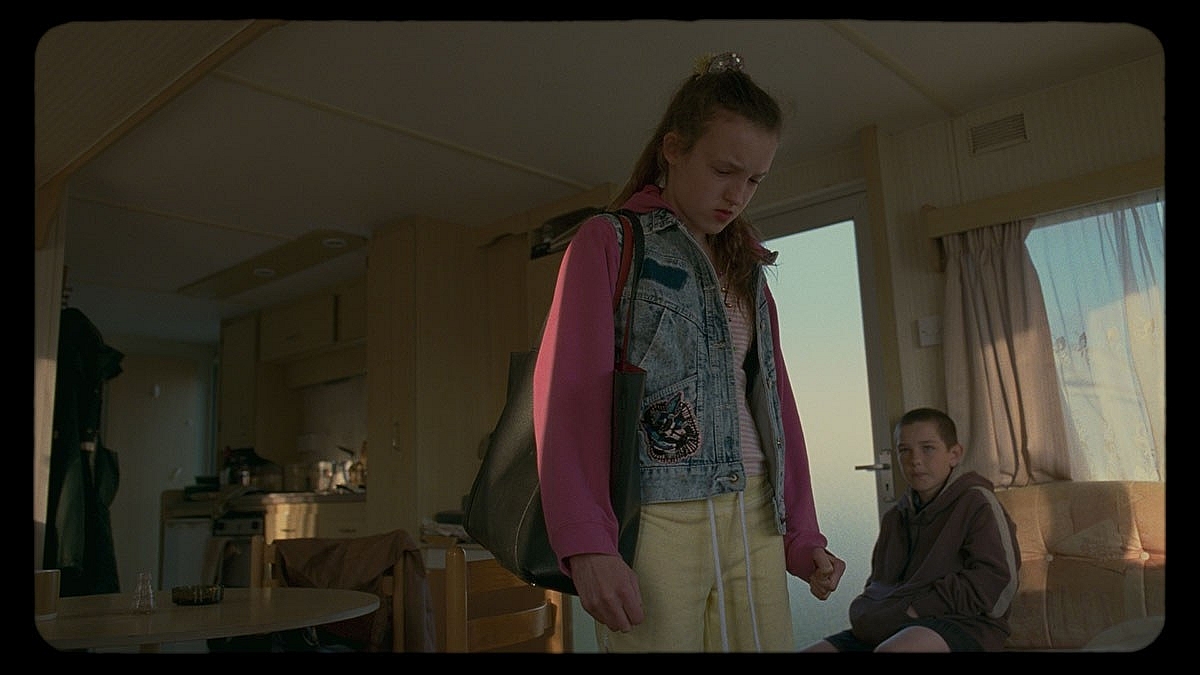
A Scene from "Two for Joy", directed by Tom Beard. Courtesy of Blonde To Black Pictures/Lorton Distribution.
Within these practical aspects, Sidell says that texture was a crucial element in the movie’s aesthetic. “A big part of our visual design centered on my long-standing obsession with texture. The 500T has a great grain structure in 35mm, and was the ideal starting point for the images we set out to create. I knew from experience and testing that I could further toy with this through both push and pull processing at Cinelab, and in the final DI grade if required, although in practice the latter was not necessary. Because of the rich detail in the negative we shot and its inherent texture, the DI was of one of the simplest and most straightforward I’ve ever done.” The final grade was done by Matt Troughton at Creativity Media, London.
One particular challenge given to Sidell from his director was to create a specific look to underscore the fragmented nature and disconnection between the characters in the run up to the movie’s tragic event. Sidell started the process by shooting tests with an array of mirrors and prisms, double and triple exposures, but admits that they not did not quite hit the mark.
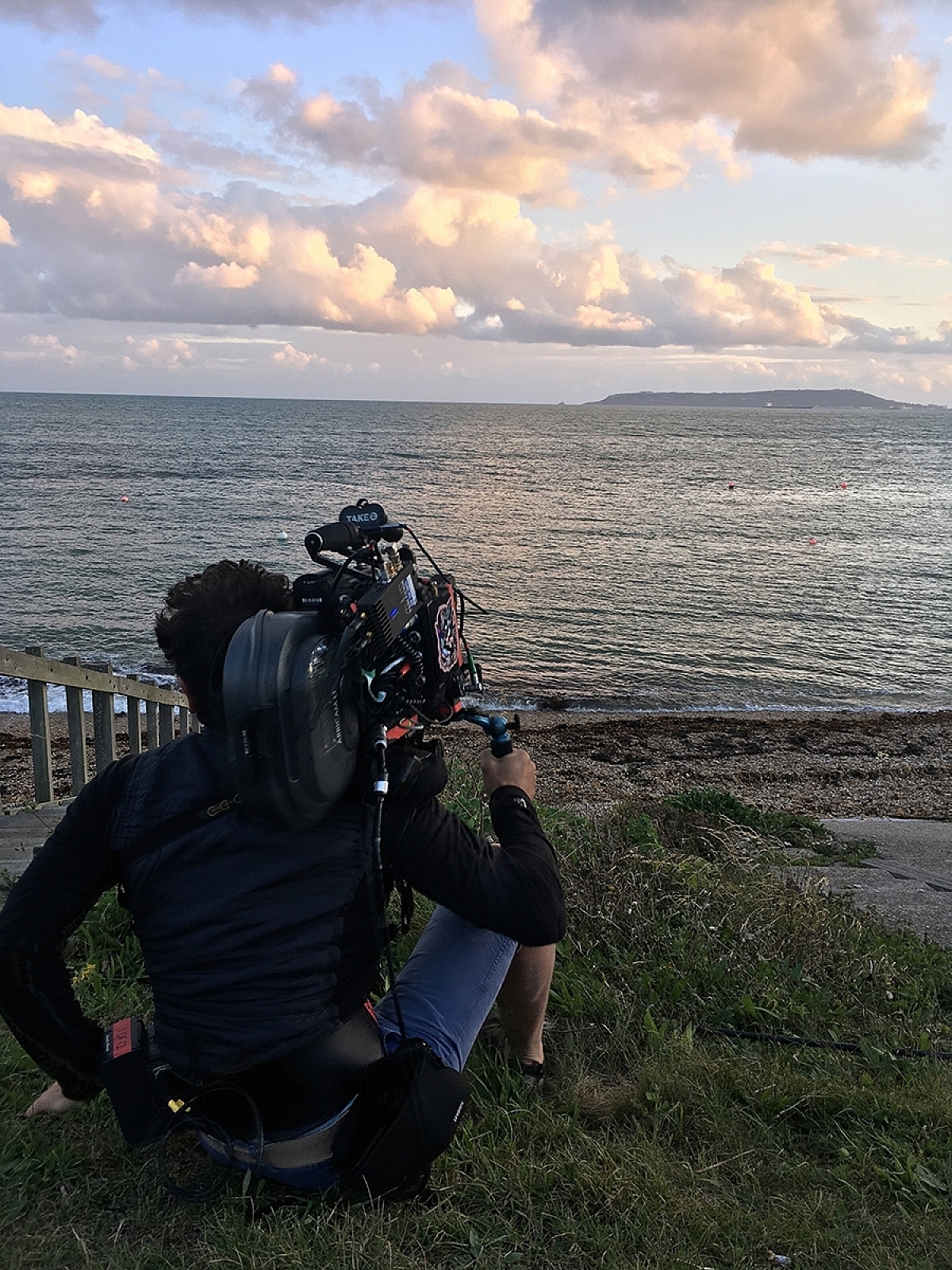
DP Tim Sidell shooting 35mm from the shoulder with an ARRI LT on "Two For Joy", directed by Tom Beard. Photo by Thomas Nicholson.
“However, Take 2 senior technician Mike Watson suggested I experiment with a timing shift box. Tom, my focus puller, heard this and pointed me to Wolf Alice’s ‘Yuk Foo’ video, where the colors and light drag through frame. I discovered that it’s achieved by taking separate control of the film transport and shutter motors and can only be done on the ARRI ST and LT film cameras. I then combined this with variable framerate, which delivered an incredible result – a really distorted perception of events, where a face can fall apart and then snap back together as you adjust the controls. It’s a bold, brazen effect, and Tom absolutely loved it.”
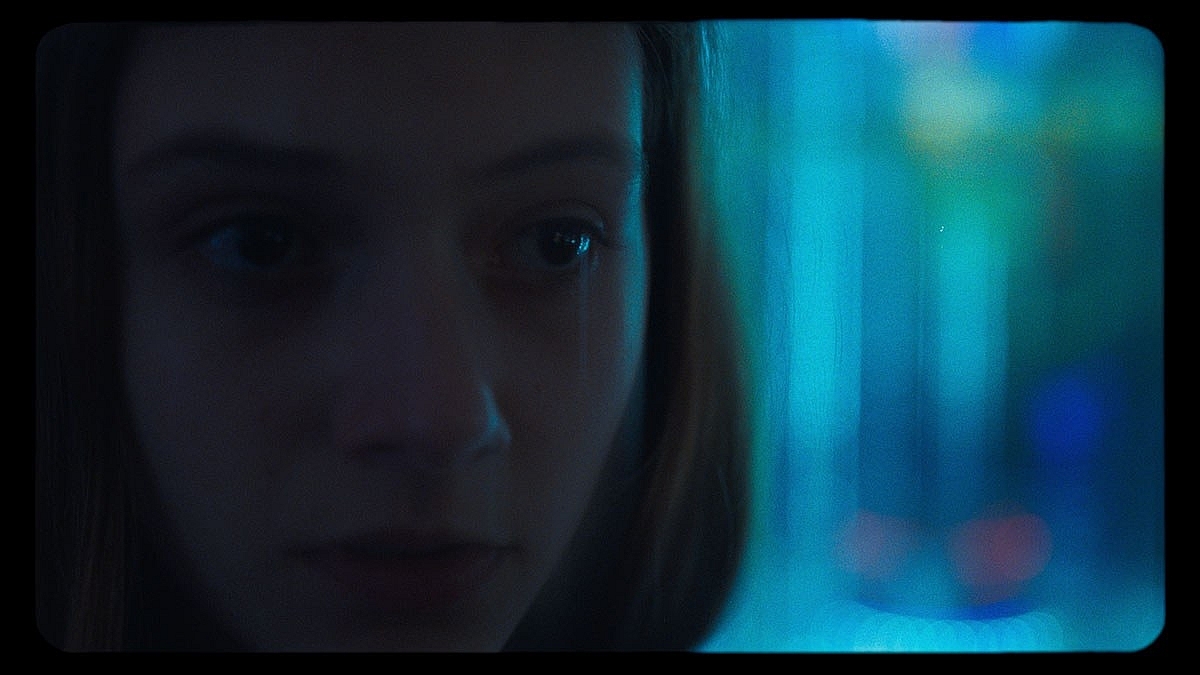
A scene from "Two for Joy" (demonstrating the timing shift used for dramatic effect), directed by Tom Beard. Courtesy of Blonde To Black Pictures/Lorton Distribution.
Sidell concludes: “I’m delighted with the overall visual outcome of Two for Joy. Kodak film stock offered our desired ‘look-and-feel’ effortlessly and perhaps more elegantly than digital acquisition. It comes with an organic texture, and it’s more forgiving. I also love the focus, commitment and attention to detail on set when shooting celluloid. It’s a good pressure to have. Invariably the results are better than you expect, and that’s the real beauty of film.”